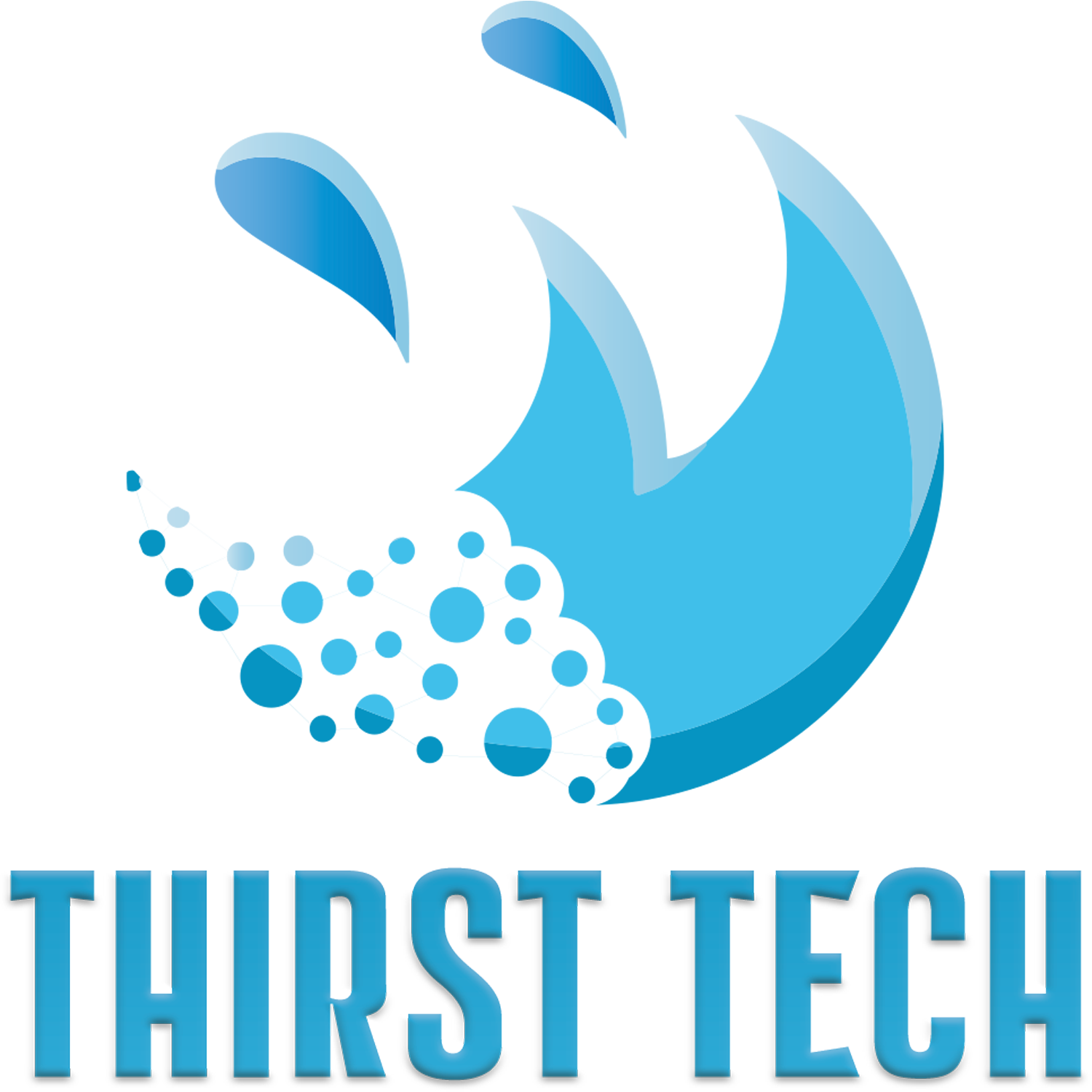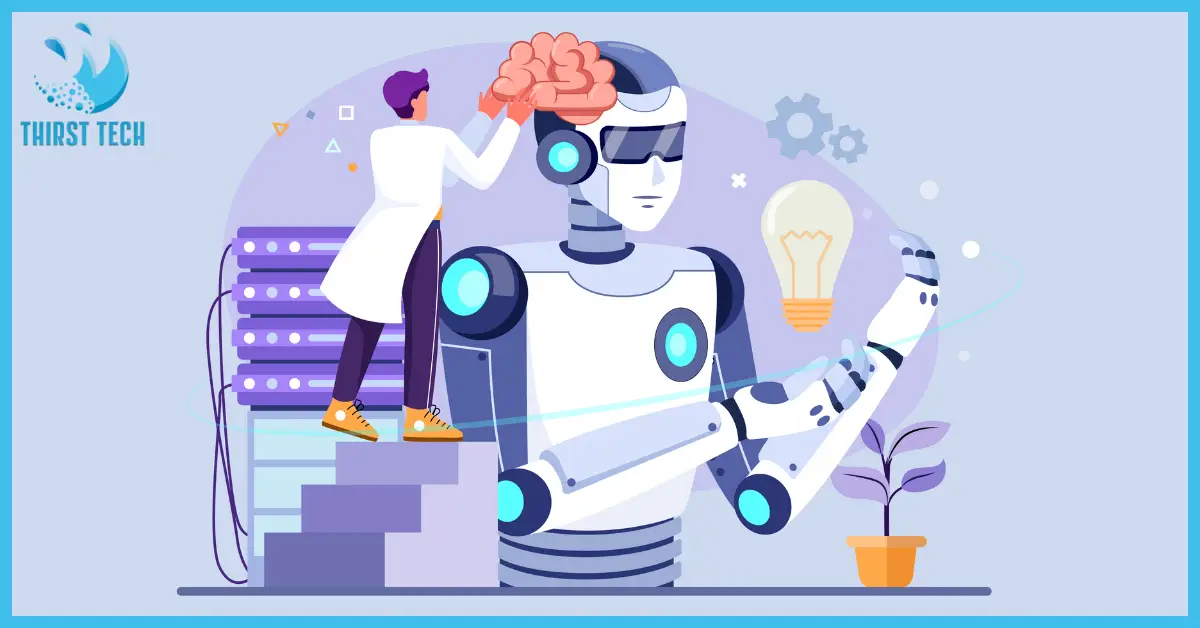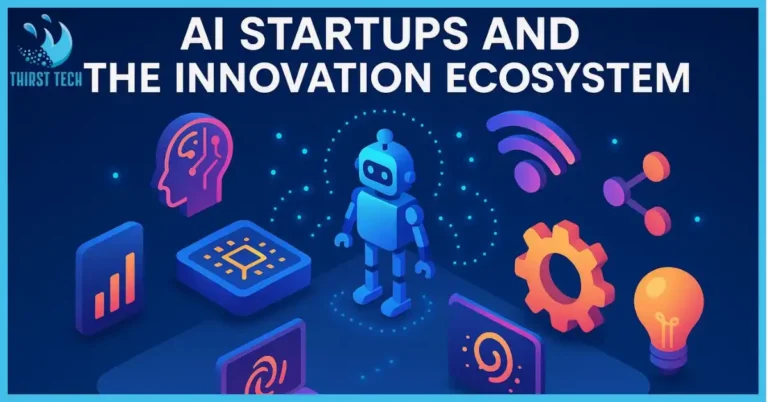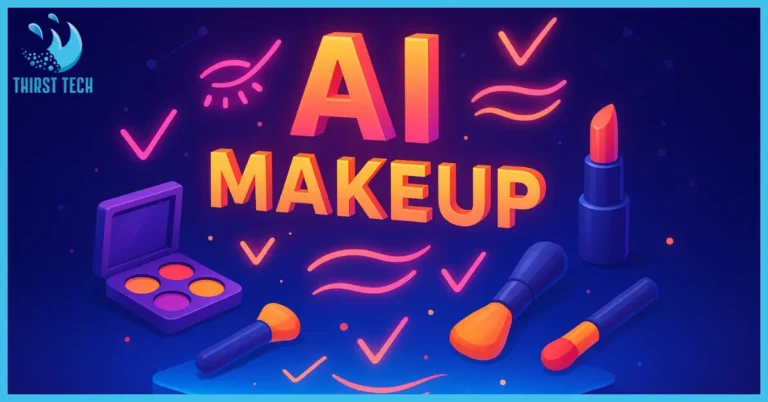How AI Models Are Created: Deep Learning Guide
Among the most disruptive advancements is the increasingly intricate process of building AI models that are literally changing the way business is done from the classroom to the boardroom and points in between. A guide to how AI models are created: combines the ABCs of machine learning with some of the advanced stuff in deep learning, empowering businesses and researchers.
Whether you are a newcomer to AI/ML or a complete expert, this article will encourage you to understand the seamless creation, training, and deployment of AI models, in addition to prominent concepts, such as neural networks and transformer models, and some of the best practices of developing AI models.
Basics of AI Model Fundamentals
AI model: A computer program that learns from data to make predictions or decisions based on that learning. In essence, the model employs algorithms to analyze training data, identify patterns, and create insights. Here are a few basics that you must know:
- Basics of Machine Learning: Machine learning is essentially a subfield of artificial intelligence where algorithms enhance the performance of the system they operate over as they encounter more data. ML model: A machine learning model (ML model) is a function, trained on historical data, for predicting the future source.
- Deep Learning Models: These models make use of layered neural networks to analyze data that has the same structure as a human brain. This kind of system has a complex architectures that handle a lot of data and is referred to as deep learning, neural networks, or DL Model.
- Transformer Models: This is a recent innovation in natural language processing that uses a technique called an attention mechanism to deal with sequential data.
- Training Data & Model Learning: Training data is crucial as it enables the AI model to recognize patterns and make predictions. It means in this context, the model takes the data, optimizes its parameters, and just gets better and better at predicting whatever it is predicting.
These fundamentals provide us with the foundational understanding to explore how AI Models are created and how models can be used to solve real-world problems.
🔗 Related Post
Learn how AI Agents function in 2025, from decision-making models to automation, revolutionizing industries with smart adaptability.
Different AI and Machine Learning Models
The term AI can be applied to multiple models, as it is not a one-size-fits-all solution. The table below outlines the 5 most common types of AIs, including key attributes:
| Type of AI | Description | Examples |
|---|---|---|
| Artificial Narrow Intelligence (ANI) | A specialized AI model operates under predefined parameters to perform tasks like fraud detection. | Voice assistants, recommendation systems |
| Artificial General Intelligence (AGI) | Hypothetical system with human-like cognitive abilities. | Research projects in advanced AI |
| Artificial Superintelligence (ASI) | Exceeds human intelligence; primarily theoretical at this stage. | Future AI systems with advanced learning |
| Machine Learning Models | Models that learn from data and improve over time. | Regression models, classification models |
| Deep Learning Models | Utilize multi-layered neural networks, a type of AI model, for complex tasks. | Convolutional neural networks, transformers |
| Transformer Models | Specifically designed for sequential data with attention mechanisms. | GPT series, BERT |
Each one is an umbrella for various approaches to create an AI model that fits unique challenges. This has wide-ranging implications for AI models and how they are built for different applications that are nuanced, which can be understood better by comparing the models against each other.

Step-by-Step Process of How AI Models are Created
In this section, you will learn how to create your own AI model from scratch. We do this in a natural way, using the focus keyword and keywords in relation to it.
Step 1: Problem Definition & Goal Setting
Identifying the Problem Before any technical development begins, it’s important to clearly identify the problem the AI model is trying to solve. Specific goals inform both what kind of model to build and what performance measures it needs to meet. Determining the focus can simplify and streamline the whole process; for example, should the focus be predictive analytics, pattern recognition, or decision-making?
Step 2: Data Collection & Preparation
Quality data is the backbone of any machine learning model. Collecting comprehensive, diverse datasets ensures that the AI model learns effectively. Key tasks in this phase include:
- Data Sourcing: Gathering data from reliable sources.
- Data Cleaning: Removing inconsistencies and ensuring accuracy.
- Data Transformation: Converting raw data into formats suitable for model training.
🔗 Related Post
Discover What Generative AI still cannot do?, from lacking true creativity to missing human empathy in decision-making.
Step 3: Selecting AI Tools & Platforms
Choosing the right tools is critical. Depending on the complexity of the task, developers might use popular AI tools and platforms that support machine learning frameworks. This stage involves:
- Evaluating platforms that offer robust computing resources.
- Selecting libraries that facilitate neural networks and transformer models.
- Considering platforms that support, how to deploy AI models? Later in the process.
Step 4: Model Design & Development
At this stage, the actual creation of the AI model begins. Designers must decide on the architecture, whether it will be a deep learning model using neural networks or a simpler machine learning model. The process includes:
- Algorithm Selection: Choosing the right algorithm based on the problem’s nature.
- Architecture Design: Structuring the neural network layers (e.g., input, hidden, output) and configuring transformer components if needed.
- Integration of Tools: Utilizing machine learning libraries to code the model.
Step 5: Training, Testing, & Optimization
The AI model is now ready to learn from the prepared data. This phase is crucial as it determines how well the model performs:
- Training: In this phase, a model goes through the training dataset and alters its internal ones to minimize the errors.
- Testing: Inspecting the model’s performance on the test set is needed to evaluate the model’s generalization ability.
- Optimization: Model performance enhancement through hyperparameter tuning and techniques such as cross-validation.
Here is a detailed table of the step-by-step process:
| Step | Key Activities |
|---|---|
| 1. Define Problem & Goals | Identify the challenge and set measurable objectives. |
| 2. Data Collection & Prep | Gather, clean, and transform data. |
| 3. Select Tools/Platforms | Choose libraries and computing resources. |
| 4. Model Design | Develop the architecture and select algorithms. |
| 5. Train, Test, Optimize | Train the model, test predictions, and optimize performance. |
| 6. Deploy & Monitor | Implement the model in production and continuously monitor its performance. |
Step 6: Deployment & Monitoring
After training and optimization, the AI model is ready for deployment. This involves:
- Integration: Incorporating the model into existing systems.
- Monitoring: Regularly evaluating performance using how to evaluate AI models.
- Maintenance: Updating the model with new data to ensure ongoing accuracy and relevance.
This detailed process not only explains how AI models are created but also emphasizes the iterative nature of model development—constant learning, testing, and refining.
🔗 Related Post
Explore Algorithmic Bias in AI – its causes, real-world effects, and solutions for building fairer AI systems.
Best Practices & Common Challenges in AI Model Development
Developing effective AI models requires adherence to best practices while addressing common challenges. Here are some strategies and hurdles:
Best Practices
- Robust Data Management: Ensure that training data is diverse and high-quality.
- Iterative Testing: Regularly test the AI model. Using methods to evaluate performance and optimize its accuracy is essential once the model is trained.
- Clear Metrics: Define performance metrics early to assess the model’s ability to make predictions.
- Documentation: Maintain thorough documentation for every phase of development to ease future modifications.
Common Challenges
- Data Quality Issues: Low-quality or inconsistent data can negatively impact model learning.
- Overfitting & Underfitting: Finding a balance when training the model is crucial to ensure that we do not train the model to the extent it memorizes the training data (overfitting) or memorizes no underlying relationships (underfitting).
- Compute Resource Requirement: Transformer models and other deep learning models can require a ton of compute power.
- Challenge of Integration: Integration of AI models into legacy systems can be challenging.
Following these practices allows developers to negotiate the complexities of how AI models are built to keep the models efficient, accurate, and scalable.
🔗 Related Post
Explore how AI is Transforming Mental Health Care through early diagnosis, personalized treatments, and predictive analytics using machine learning and NLP.
How Are AI Models Developed for the Real World
Real-world implementations of AI models cut across several industries, showcasing the potential of these transformative systems. Here’s how these AI models are created and implemented in the real world:
Industry Applications
- Healthcare: AI Models are used to help with disease diagnosis, patient outcome prediction, and personalized treatment plans. The deep learning models and neural networks focus on different aspects of analyzing complex medical data.
- Finance: AI models make decisions for financial institutions, whether for fraud detection or risk assessment. A number of popular AI models, like regression models and classification models, are frequently used to assess market trends and financial risk predictions.
- Retail: AI models assist retailers in understanding consumer behavior and optimizing inventory management. Machine learning techniques are used for personal recommendations and predictive analysis.
- Manufacturing: In manufacturing, AI models enhance process automation, predictive maintenance, and quality control. They learn from production data to optimize operations, thereby reducing downtime.
Real-World Case Examples
For example, imagine a retail organization that had adopted a deep learning model to predict the need for their products. ” It combined neural networks with transformer models to analyse seasonal trends and consumer purchasing behavior, which improved inventory management by 20%, including a 15% reduction in overstock.
In healthcare as well, AI models are trained and deployed to analyze medical images such as X-rays and MRIs, providing radiologists with greater confidence in image analysis and anomaly detection.
Comparative Overview of AI Applications
| Industry | Common AI Models Used | Benefits |
|---|---|---|
| Healthcare | Deep learning models, computer vision models | Enhanced diagnostic accuracy, personalized care |
| Finance | Regression models, classification models | Improved fraud detection, better risk management |
| Retail | Neural networks, transformer models | Increased sales through targeted marketing |
| Manufacturing | Predictive models, anomaly detection models | Reduced downtime, optimized production |
🔗 Related Post
Learn how AI is reshaping Transportation and Logistics through smarter routing, predictive analytics, and next-gen supply chain automation.
Future Trends & Innovations in AI Models
The AI field is constantly changing, and it is essential to keep up-to-date with new trends for further growth.
Emerging Technologies
- Generative AI: Progress in generative models allows creative usage from art to content. These systems stretch the limits of what the models can do.
- Large Language Models: The era of natural language understanding has arrived with the advent of Large Language Models such as GPT and BERT, enabling interaction between machines and hears to communicate more like humans.
- Edge AI: Running AI models on edge devices helps lower latency, increase efficiency, and enable real-time applications.
Innovative Techniques
- Hybrid Models: Fusion of conventional machine learning and deep learning techniques could provide powerful models utilizing the pros of both methods.
- AutoML or Automated Machine Learning: AutoML tools are revolutionizing how we build AI models, whether you can code or not. Developing complex algorithms and training models is easier now with AutoML.
- Explainable AI (XAI): With the evolution of AI models becoming more of a black box, there is a call for a more transparent process. Stakeholders can trust and rely on a model using Explainable artificial intelligence or XAI as it aids in getting to know the reason behind model decisions.
These advancements shape the AI model paradigm, making sure that the technology remains current, efficient, and adapted to the changing demands of the business.
🔗 Related Post
Discover how AI is Transforming Cybersecurity Defenses through real-time threat detection, smart automation, and proactive risk prevention techniques.
Conclusion & Key Takeaways
In summary, building an effective AI model involves a series of well-defined steps—from identifying a problem and preparing data to designing, training, and deploying the model. This guide has detailed the journey of how AI models are created, emphasizing key practices in machine learning, deep learning, and the use of advanced AI tools.
Key takeaways include:
- Learn as Much as You Can: You should get some basic knowledge about machine learning and deep learning topics.
- Simple Step-By-Step Process: Data Preparation to Model Deployment. It allows the creation of successful creation of AI models.
- Industry Transformations: AI models are revolutionizing sectors and fostering reports in healthcare, finance, retail, and production.
- Future Trends: Ongoing advancements in AI (e.g., generative AI, edge computing, etc.) are priming the field to explore even more transformative use cases.
By adhering to these principles at all stages of development, both developers and organizations can unleash the potential of AI to inform further advancements for the future.
FAQs
What is an AI model?
A program that uses data to make a prediction or decision. It employs machine learning methods, and commonly also deep learning and neural networks, to study data and derive insights.
How are AI models created?
Developing AI models: Defining a problem, collecting & preparing data, selecting tools, designing the model, training & evaluating it, and finally deploying & analyzing it.
Challenges in AI Model Development.
They involve data quality assurance, novelty detection, underfitting and overfitting control, resource management, and model deployment into existing pipelines.
What are some strategies to optimize models?
It can be both iterative and frequent to test and iteratively align model parameters, like cross-validation, and retrain the model with new training data so the model’s predictive scores can be optimized.
Sources









